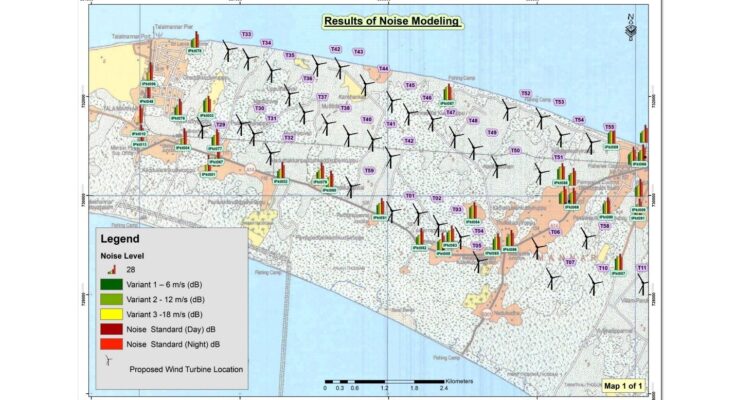Introduction: Mannar, with its rich historical significance dating back to the maritime Silk Road, stands as a testament to the interwoven tapestry of culture and nature. However, amidst the backdrop of its storied past lies a modern challenge – the proposed 250 MW wind farm pdetroit lions jersey detroit lions jersey 49ers jersey 49ers jersey micah parsons jersey Iowa State Football Uniforms micah parsons jersey ohio state jersey custom football jerseys detroit lions jersey Ohio State Team Jersey fsu football jersey custom football jerseys Florida state seminars jerseys Florida state seminars jerseysect, spearheaded by Adani, threatens to disrupt one of the most critical migratory bird corridors in Sri Lanka.
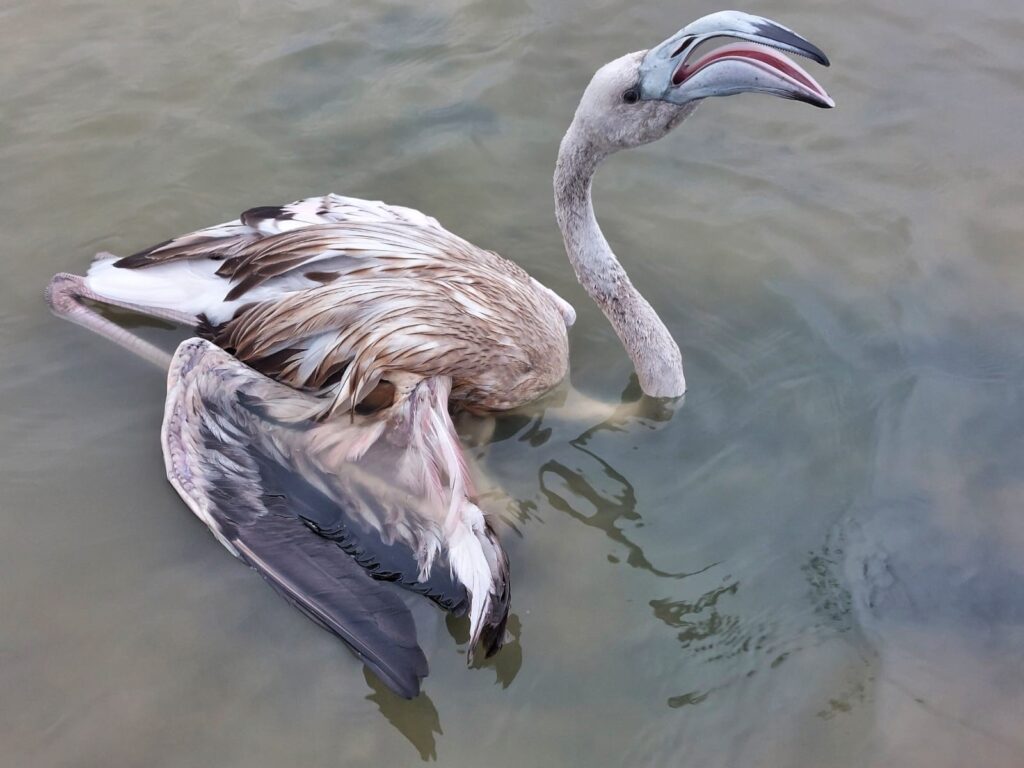
Mannar: A Haven for Migratory Birds: Mannar Island serves as a sanctuary for millions of migratory birds, playing a pivotal role in the Central Asian Flyway. The island’s wetlands, including the Ramsar Convention-designated sites, provide vital habitats for over 150 species of migratory birds, including 20 globally threatened species. Moreover, Mannar’s significance extends beyond its borders, with waterbirds tagged in Mannar observed in nine countries across Asia and Europe.
Environmental Impact Assessment (EIA) Oversight: The recently conducted Environmental Impact Assessment (EIA) for the proposed wind farm has raised concerns among environmentalists and conservationists. Despite Mannar’s recognition as a Critical Wintering Site and its strategic importance within the Central Asian Flyway, the EIA report fails to adequately address the potential repercussions on avian populations.
Challenges and Oversights: Several glaring oversights mar the EIA report, including the neglect of critical migratory periods and reliance on outdated methodologies for bird observation. Additionally, the proposed ‘Bird Corridor’ appears arbitrary and lacks empirical support, potentially exacerbating the risk to avian species.
Promoting Environmentally Friendly Energy Production: While the pursuit of renewable energy sources such as wind power is commendable, it is imperative to consider the broader implications for biodiversity and ecological integrity. Environmental friendliness should extend beyond mitigating carbon emissions to encompass the rights and well-being of all stakeholders, including non-human species.
Indeed, there exist numerous opportunities to implement small-scale, yet effective wind energy projects in areas that minimize harm to the environment. By prioritizing the conservation of critical habitats and migratory corridors, we can harness the potential of wind energy while safeguarding the interconnected web of life.
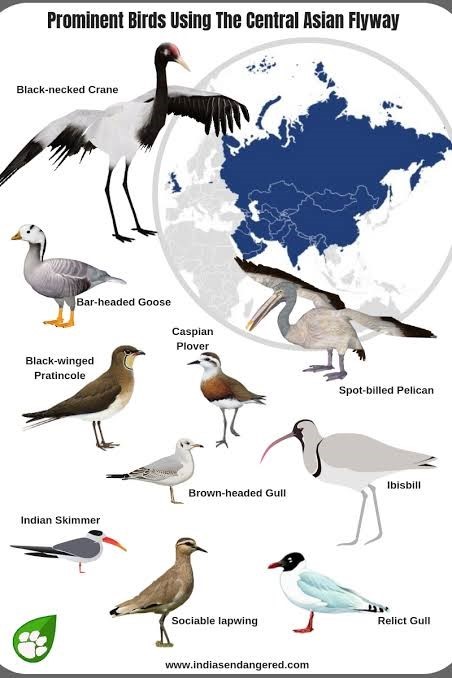
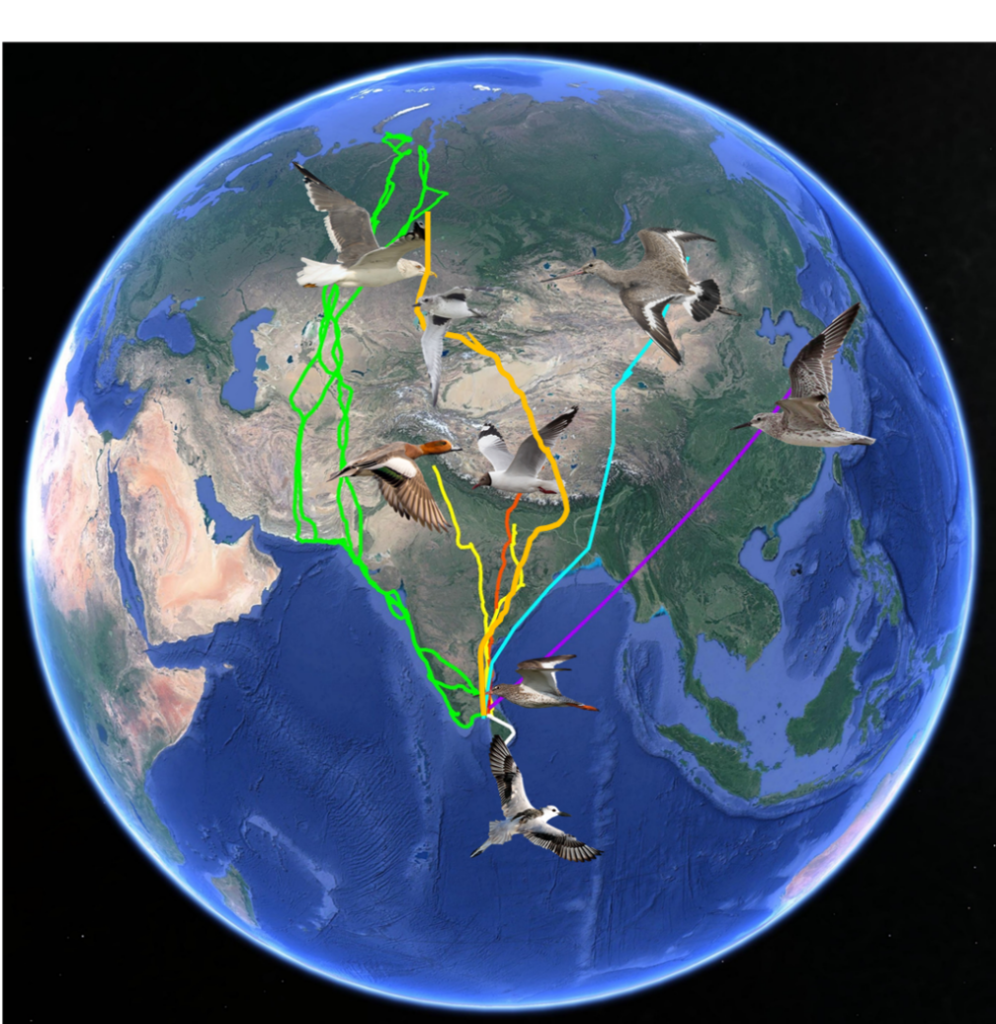
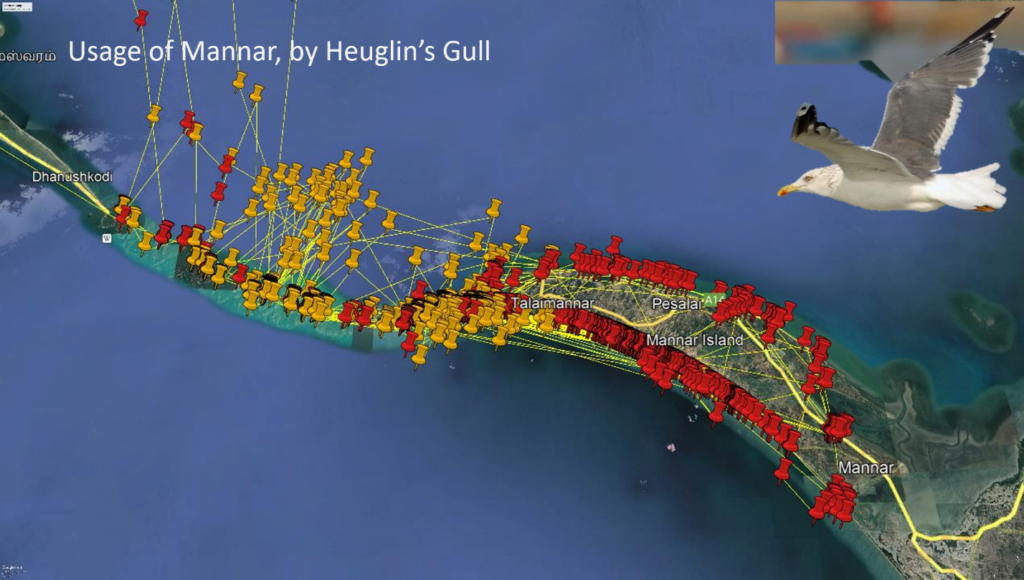
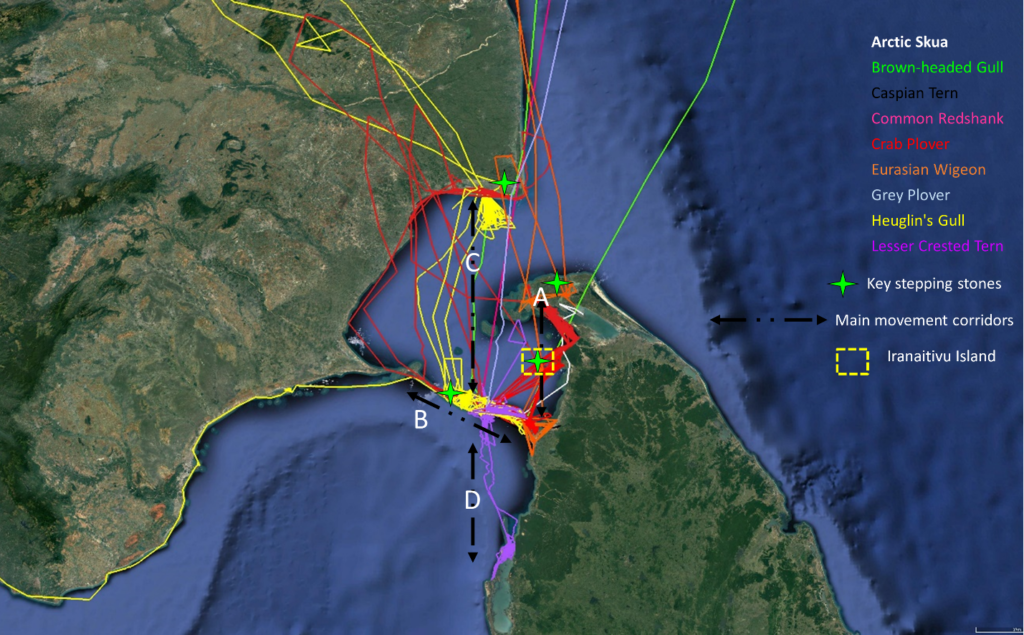
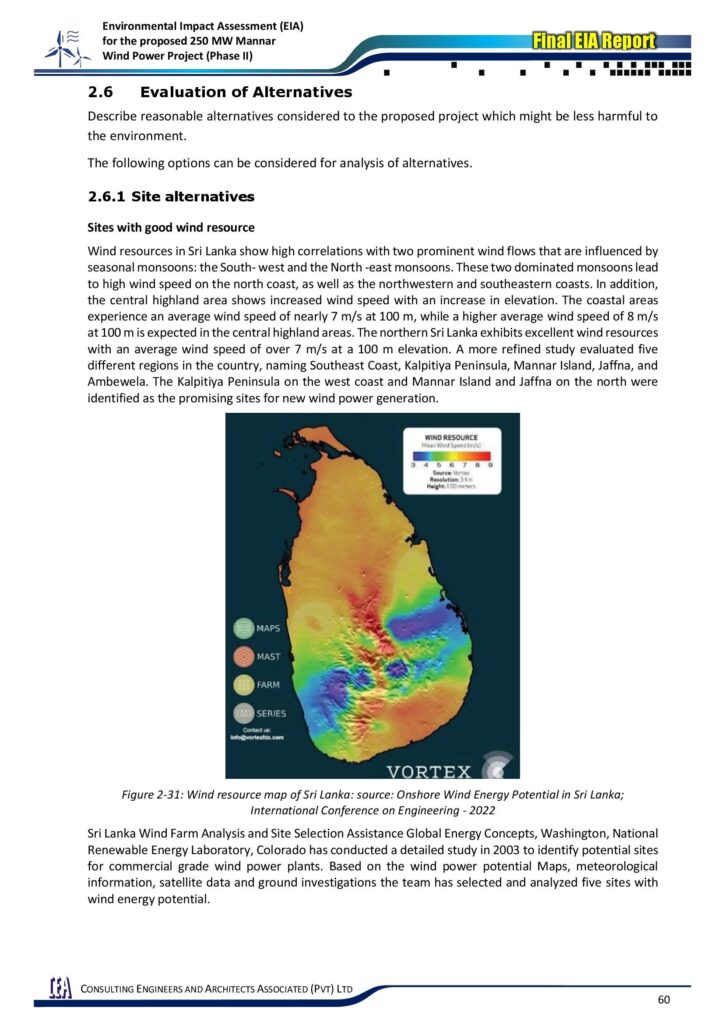
Ecological and Economic Ramifications: The adverse effects of the wind farm extend beyond avian populations. Mannar’s forests not only serve as crucial stopover sites for migratory birds but also support resident species and act as a buffer for wetlands. The degradation of these ecosystems could have far-reaching consequences on Mannar’s economy, particularly in the realm of wildlife-based tourism.
Call to Action: As concerned citizens, it is imperative that we voice our dissent against the proposed wind farm project. The public comment period for the EIA report presents a crucial opportunity for stakeholders to make their voices heard. By advocating for the preservation of Mannar’s avian habitats, we can uphold our global responsibility as signatories to the United Nations Convention of Migratory Species.

The article is based on a few communications of anonymous environmentalists, if you have any concerns, write to editor of the Sri Lankan Scientist Magazine [email protected]
The final report is available through https://www.cea.lk/web/?option=com_content&view=article&layout=edit&id=173

